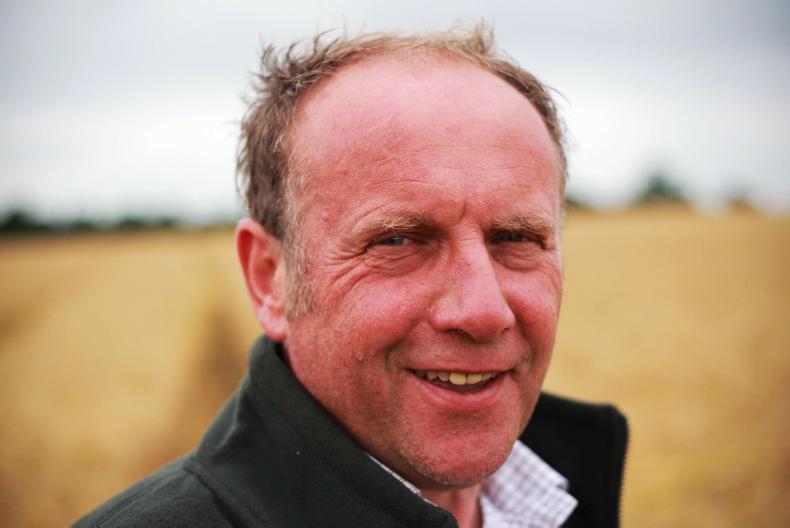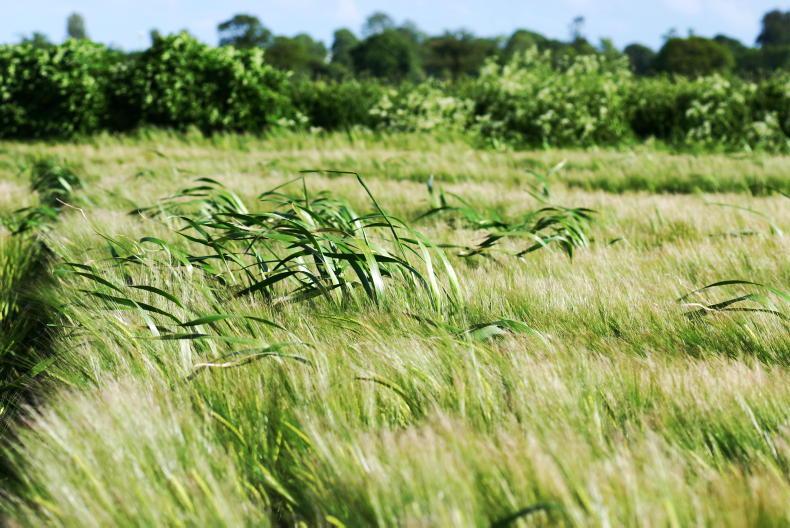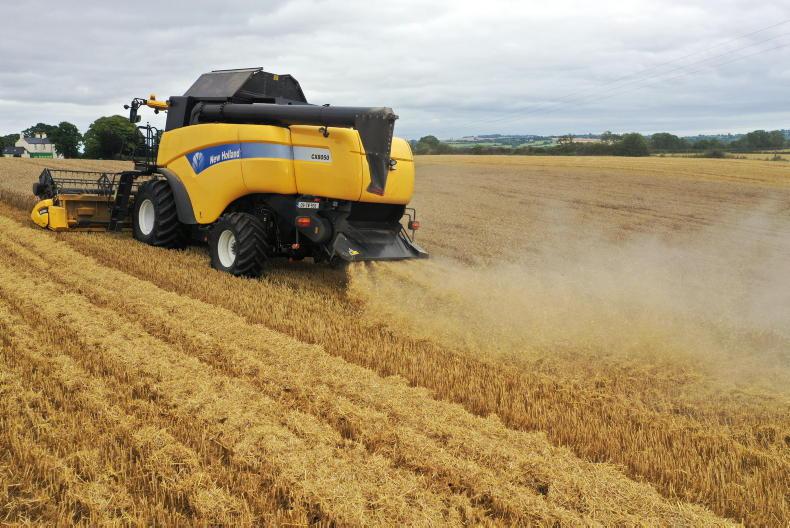In what was a dusty harvest with rising prices, the combine cab is a pleasant place for reflection. Now I know for some of you the harvest may not yet be completed (we’ve barley to finish and beans to do) but, up until now, it has been a pretty relaxed affair.
With the exception of the partly lodged oilseed rape, crops were all standing and moistures were low. Daily output was good.
But the wheat disappointed (an overall average yield of 3.69t/ac at low moistures), the spring barley surprised and the country teetered on the verge of warfare over straw. If Trump was a farmer he’d certainly have ignited worldwide straw wars.
From my own point of view, it was like feeding the 5,000 between trying to keep everybody happy.
Yes, I certainly significantly raised the prices for straw as we are not a charity, and neither are my customers, but most of them understood. I don’t see the rise in straw values as a short-term thing but much more as the start of a new era due to a declining cereal area and rapidly increasing dairy livestock numbers. It was for nothing for far too long.
Blackgrass
The mushroom industry took wheaten straw for granted but not any longer. I am also concerned that there is a high risk of imported UK straw bringing in the dreaded Blackgrass seed. Blackgrass is at epidemic levels in England and UK straw should be certified as Blackgrass-free. I would question the spreading of mushroom compost on Irish tillage fields, if the origin of that compost is from UK wheaten straw.
The potential introduction of Blackgrass to Irish tillage fields is almost as devastating as foot-and-mouth disease is to the cattle industry.
Addiction
However, invariably one’s thoughts in the combine cab swing to that dreaded addiction of the tillage farmer – machinery. Whatever it is about rising prices and an easy harvest, it usually leads to an outbreak of ‘‘machineitis’’, which is an awful syndrome that tillage farmers the world over suffer from.
It simply means an uncontrollable urge to buy new farm machines which, if not treated, can lead to a swelling of the brain and lights out.
So for these reasons, once you suspect that you may be about to go down with this dreaded disease you must promptly take action. While emptying another tank of dusty wheat flowing like water from the unloading auger, you contemplate what new machine it is you must focus on for every waking hour. This may be enough to ward off the disease but you could have to go the whole hog and only another new lease agreement will sort it out. Actually another new machine may, in fact, be the cheapest solution and could indeed save your life. Or at least that’s the way you’ll explain it to your Mrs P and possibly inform the bank manager out of courtesy.
I knew once wheat hit €225/t that I was vulnerable. Sure, it was far from an all-time great high-yielding harvest like 1984 or 1995 or even 2015, but it’s been a pleasant, easy harvest. I began to focus more and more on a demo Claas 660 combine to replace the one we have – for just the last two seasons – but now with 1,750 engine hours.
I costed it up to change but the money was so high that it’d be cheaper to spend a month every year in the Blackrock clinic even with no health insurance. That effectively killed that scheme but machineitis still threatens. Maybe when the dust recedes, it might too.









SHARING OPTIONS